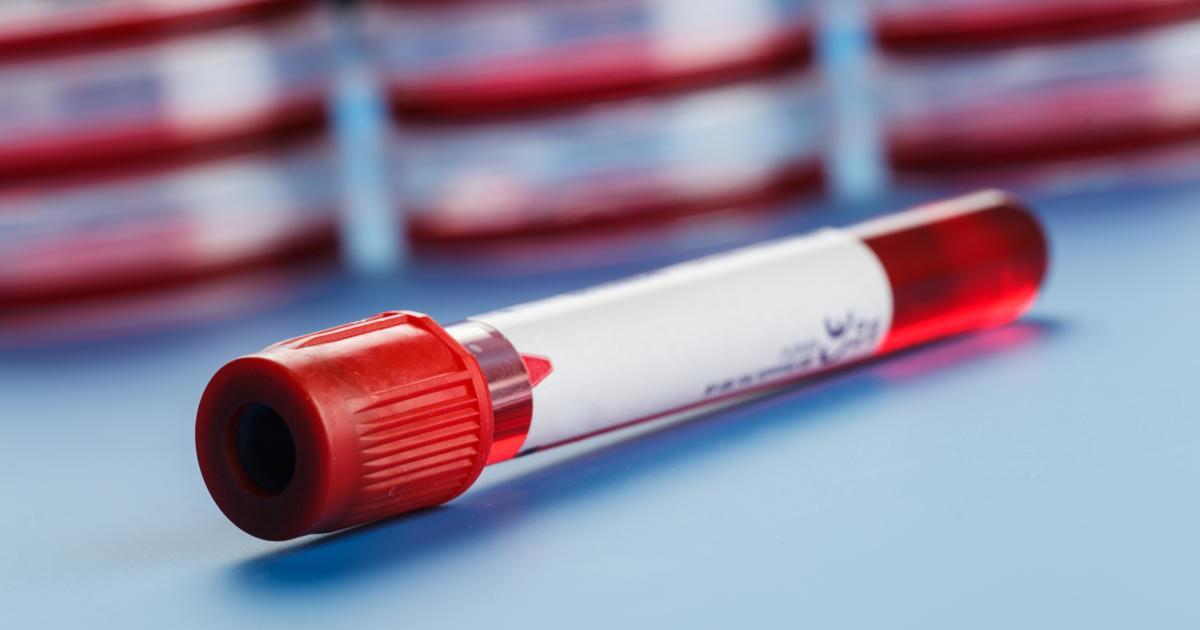Guide To The Types Of Leukocytosis
Leukocytosis is the medical name for an elevated white blood cell count. This condition is not a disease by itself but is a marker of several other possible illnesses or medical conditions. Most commonly, leukocytosis is a sign the body is actively fighting an infection, but it can also result from other issues. An increase in white blood cells is part of the body's natural response to stress.
Leukocytosis can be found in mothers after labor and delivery as the body recovers. It can be found in marathon runners after a race. This condition can also be a sign of elevated mental stress. There are several types of leukocytosis, each one defined by the type of white blood cell present in elevated amounts.
Basophilia

Basophilia is the rarest type of leukocytosis. This condition is diagnosed when a complete blood count indicates an elevated level of basophils in the blood. Basophils are white blood cells that help the body deal with inflammation. They carry substances that regulate the inflammation response, such as heparin and histamine, to the site of an infection. Because basophils handle inflammation, this condition is often associated with illnesses involving chronic inflammation such as psoriasis, rheumatoid arthritis, and inflammatory bowel disease. This condition can also be a symptom of several bone marrow disorders. If the cause of basophilia is unclear, a doctor may do bone marrow tests or genetic testing for a more exact diagnosis.
Eosinophilia

Eosinophilia is a type of leukocytosis marked by an elevated count of eosinophils in the blood. There are two variations of this condition, eosinophilia in the tissue and in the blood. Eosinophils are leukocytes that regulate inflammation and destroy foreign substances. They carry digestive enzymes that help break down foreign objects in the body such as parasites. When this condition is found in tissue, it is normally at the site of a localized injury or infection. When it is found in the blood, the elevated levels are often the result of an allergic reaction.
This condition is also associated with certain lymphomas, so other tests will be done if the cause of elevated eosinophil levels is unclear. Because these cells are made to be destructive, an overabundance of them can cause damage to healthy tissue. If this is the case, corticosteroids are used to lower the level.
